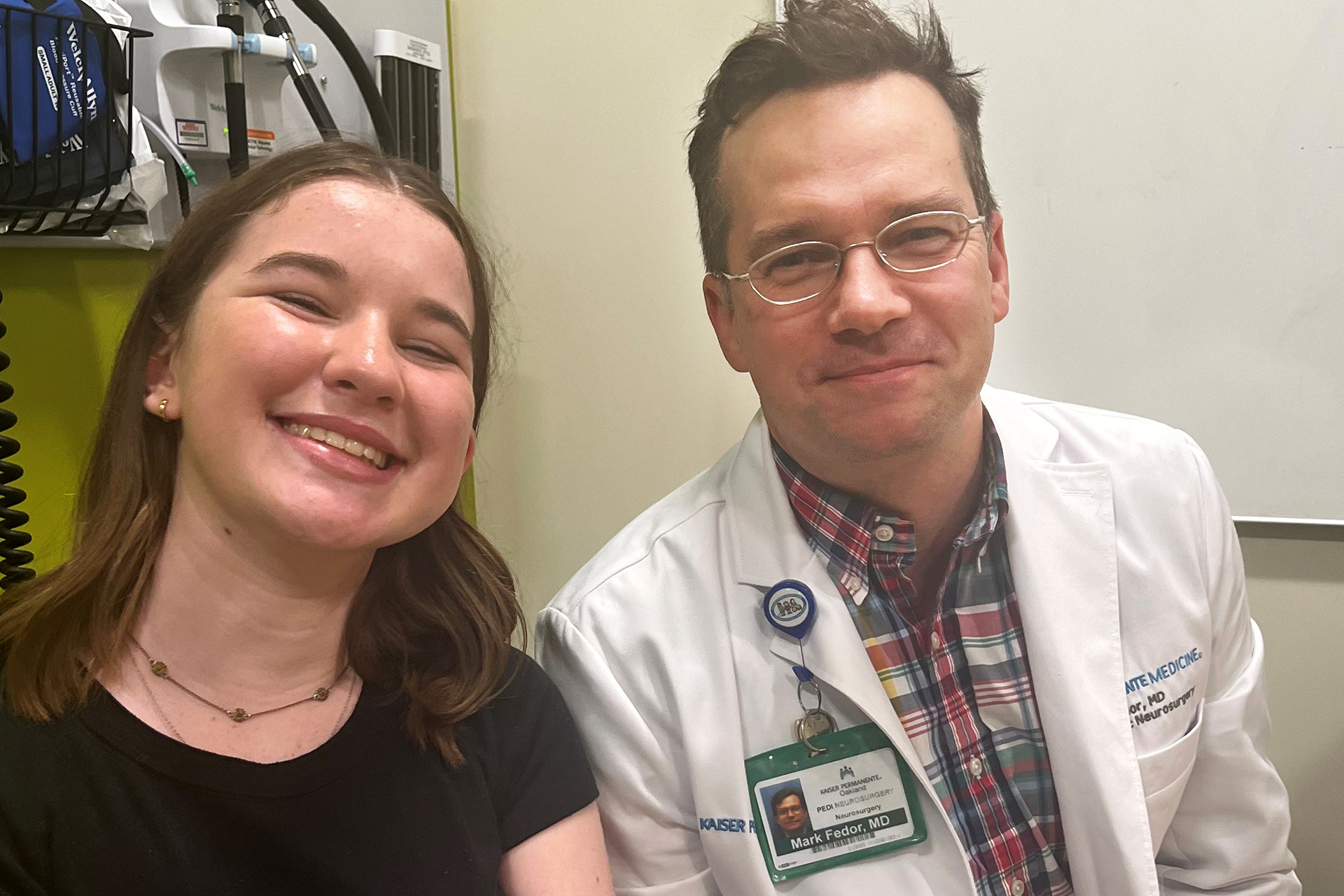MedPage Today-November 16, 2017
In light of the latest hypertension guidelines that make high blood pressure a new reality for many, a health system widely recognized for its hypertension control shared how it has been able to implement its program in the past — and what is changing in response to the new recommendations.
The prevalence of hypertension is now estimated at 46% in the U.S., per new blood pressure definitions (hypertension now starting at 130/80 mm Hg) in the guidelines agreed upon by the American Heart Association (AHA) and the American College of Cardiology (ACC).
“There’s no question that the guidelines will have a big impact on the treatment of hypertension in the medical community,” Joseph Young, MD, national clinical hypertension lead for Kaiser Permanente, told MedPage Today.
He said he believes there is strong evidence for a lower blood pressure target post-SPRINT: “The SPRINT trial is a really important federally funded landmark randomized trial. I don’t think there’s any debate that the results of SPRINT are significant and important.
“Our current guidelines are influenced by the JNC-8 [Eighth Joint National Committee] panel recommendations. What we’re going to be doing in the next several months is assembling specialists to do our own evidence review and update our own guidance.”
Young’s employer is respected for blood pressure control in its 11.7 million patients (over eight million of them in California). Nationally, blood pressure control rates hover in the 55% to 65% range, according to National Committee for Quality Assurance report cards. Kaiser Permanente’s California performance in 2016 was 86.96%, Young recalled.
The Centers for Disease Control’s Million Hearts hypertension program even endorses Kaiser Permanente’s treatment algorithm as an evidence-based protocol to adopt.
So how does this system do it?
“We really focus on implementation considerations, and that in turn drives better results,” Young said. Kaiser Permanente has a hypertension registry that is derived from electronic health records.
“The key, I think, is that we have a program that supports and complements the work that the physicians do. So we’re engaging the physicians when they’re working with patients one-to-one to know that the follow-up is going to be assured and that there’s a seamless transition and that patients, even those not in front of us right now, are always in our view, and we are always looking for patients that need additional touches to bring blood pressure under control.”
Kaiser’s hypertension treatment algorithm calls for single-pill combination therapy, which is one of the recommendations in the new ACC/AHA guidelines for patients with systolic blood pressure over 140 mm Hg, according to Young. “We start with single-pill combination therapy, and the dose escalation allows a patient to get to max dose on three agents in as few as six steps and as few as two trips to the pharmacy. We escalate from a half to a whole to two tablets for our initial single-pill combination medication, and then with the third agent as well.
“Another really critical piece of our program are medical assistant blood pressure checks, offered at no copay,” Young added, emphasizing the consideration of convenience for the patient.
“This is all built on team-based care for which there is evidence in the literature showing improved performance for a number of chronic conditions, including hypertension. There’s nothing in our program that couldn’t be done elsewhere. It’s really about building a culture that supports quality, that makes quality very visible, from the most senior leadership. Even more importantly, this enables front-line staff to deliver the best possible care.”
Even before the new AHA/ACC guidelines set national hypertension care into a tailspin, Young’s colleagues had identified room for improvement for Kaiser, he said: “There’s a challenge around equitable care, especially hypertension, in the black or African American community, where it’s more prevalent, less likely to be controlled, and confers a greater cardiovascular risk than in the non-black population.
“We’re proud of the fact that our control rates are greater than the 90th percentile nationally. That said, we do have a small gap in control rates that is very much the focus of our work right now.”
This article originally appeared in MedPage Today






